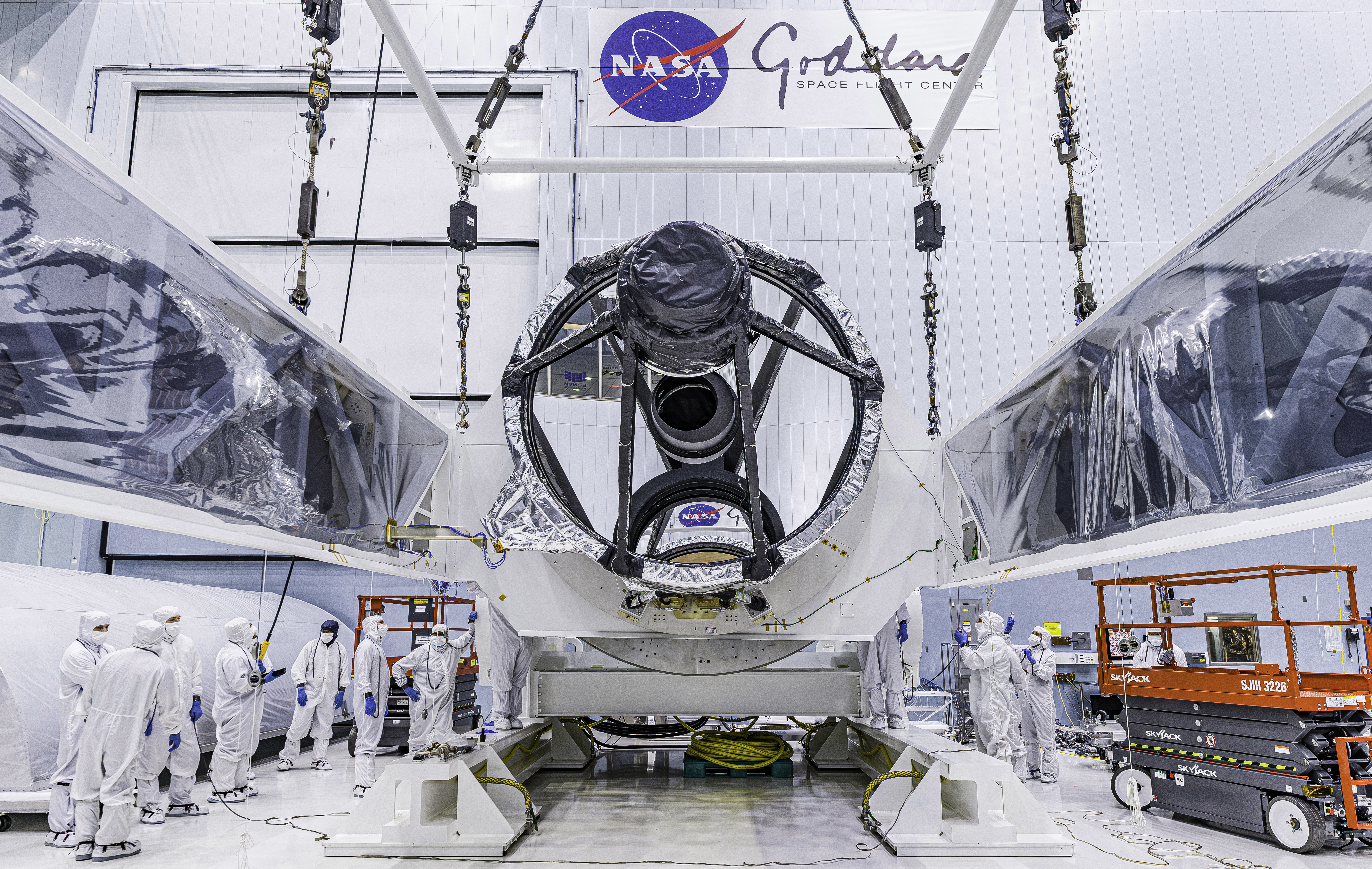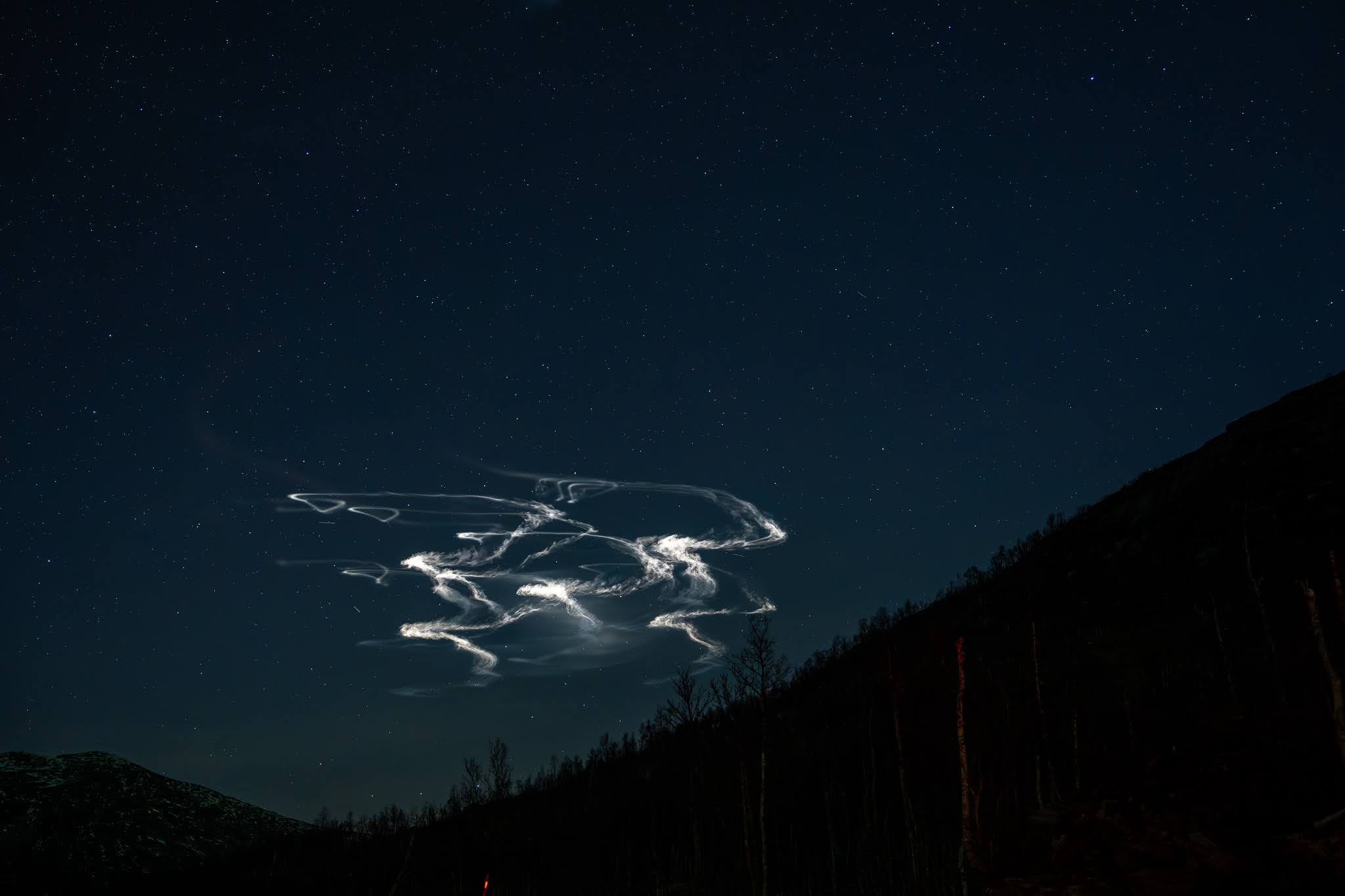A group of scientists from the Massachusetts Institute of Technology (MIT) are studying the potential impact of primordial black holes (PBHs) on the celestial bodies in our solar system. Primordial black holes are theoretical remnants from the early universe that could pass by planets, moons, asteroids, and comets, subtly altering their paths.Model CreationTo explore this scenario, the team developed a comprehensive simulation including the solar system’s eight planets, around 300 planetary satellites, over 1.3 million asteroids, and almost 4,000 comets. This detailed model also considered the presence of rogue PBHs to assess their influence.Orbital DisruptionThe results from the simulation show that even a PBH with a mass similar to that of an asteroid, if it moves within two astronomical units of the sun, could cause a slight orbital disturbance. This disturbance, known as a “wobble,” could shift the orbits of planets and their moons by several feet. However, the researchers clarified that while the wobble is significant on a cosmic scale, it would not lead to catastrophic consequences for Earth or the neighboring celestial bodies.Broader SignificanceThis study’s implications extend beyond understanding the dynamic interactions within our solar system. The research team is now dedicated to developing advanced methods to detect these gravitational wobbles. This effort aims to provide the first concrete evidence for the existence of dark matter, a mysterious component that physicists estimate makes up about 85% of all matter in the universe. Despite its widespread presence, dark matter has evaded direct detection, remaining one of the most profound mysteries in physics.Gravity DisturbancesBy precisely measuring gravitational disturbances that alter the Earth’s distance from the moon and observing changes in other well-documented orbital relationships within our solar system, the scientists hope to identify the presence of tiny but extremely dense dark matter particles as they pass by. This approach represents a new strategy in the quest to detect dark matter, using the natural dynamics of our solar system as a cosmic laboratory. If successful, it could signify a new era in our understanding of the universe’s fundamental composition, shedding light on one of the most elusive substances in cosmology.Primordial Black HolesPrimordial black holes, as mentioned earlier, are a theoretical phenomenon proposed in the 1960s, distinct from those formed by the gravitational collapse of stars.FormationUnlike stellar black holes, primordial black holes are believed to have formed in the very early universe, less than a second after the Big Bang, during periods of rapid expansion and high density. These conditions may have caused regions of dense matter to collapse into black holes directly, without undergoing a stellar lifecycle.PBH SizeThe mass of primordial black holes could vary widely, ranging from as small as a small asteroid to many times the mass of the Sun. This broad range is due to their formation from fluctuations in density in the early universe, resulting in a diverse set of initial conditions and sizes.Dark MatterPrimordial black holes are of interest not only for their potential role in cosmology and astrophysics but also for the insights they could provide into the physics of the early universe and general relativity. For instance, they could offer clues about the nature of dark matter and the distribution of mass in the early universe.Evidence of Primordial Black HolesDespite extensive searches, primordial black holes have not been directly observed, and their existence remains speculative. Researchers continue to search for indirect evidence of their presence, such as the effects of their gravitational fields on the light from distant stars or the gravitational waves produced by their mergers.Dark Matter and Primordial Black HolesAn unseen force traverses the cosmos, shaping galaxies, bending the path of light, and maintaining the fabric of space. This invisible force is known as dark matter, a term that encapsulates the mystery of its nature and its profound impact on our comprehension of the universe. Unlike ordinary matter, which comprises stars, planets, and everything visible or tangible, dark matter does not emit, absorb, or reflect light, rendering it completely invisible and detectable only through its gravitational effects.Historical Discoveries and ObservationsScientists first proposed the existence of dark matter in the 1930s when Swiss astronomer Fritz Zwicky observed that galaxies within the Coma Cluster were moving much faster than the visible matter alone could explain. This disparity suggested the presence of a considerable amount of unseen mass exerting gravitational forces on those galaxies. Decades later, further observations of the rotation curves of galaxies confirmed that stars at the edges of galaxies were orbiting at speeds inexplicable by the gravitational pull of visible matter alone. This was a crucial moment, reinforcing the hypothesis that dark matter is a fundamental component of the universe.Wide-reaching Influence of Dark MatterDark matter is estimated to comprise about 85% of the total matter in the universe, a staggering figure that underscores its importance in the cosmic structure. Its presence is deduced from its gravitational effects on the motion of galaxies, gravitational lensing (bending of light), and its role in the cosmic web that shapes the universe. These observations point to a universe filled with dark matter, influencing the formation and evolution of galaxies and clusters of galaxies.Understanding Dark Matter by Investigating Primordial Black HolesDespite its pervasive influence, the true nature of dark matter remains one of the most compelling mysteries in physics and cosmology. Scientists have proposed various candidates for dark matter, ranging from weakly interacting massive particles (WIMPs) to axions and sterile neutrinos. These theoretical particles have not been directly detected yet, but experiments worldwide are searching for them with increasing sensitivity. Facilities like the Large Hadron Collider (LHC) and underground laboratories are at the forefront of this quest, aiming to unlock the secrets of dark matter.Understanding dark matter is crucial for our grasp of the universe’s fundamental laws and the formation of cosmic structures. The pursuit of dark matter embodies the spirit of scientific exploration, compelling researchers to probe the unknown and challenge our understanding of the natural world. As technology progresses and our observation methods become more sophisticated, as with the pursuit of primordial black holes, we move closer to uncovering the mystery of this enigmatic, invisible force.—–Like what you read? Subscribe to our newsletter for engaging articles, exclusive content, and the latest updates.—–Check us out on EarthSnap, a free app brought to you by Eric Ralls and Earth.com.—–
Investigating the Influence of Primordial Black Holes on Earth’s Orbit














